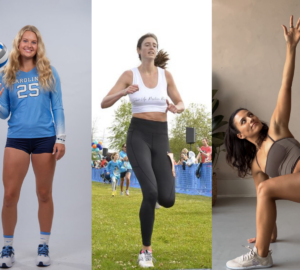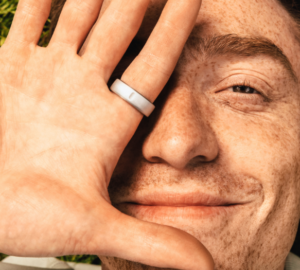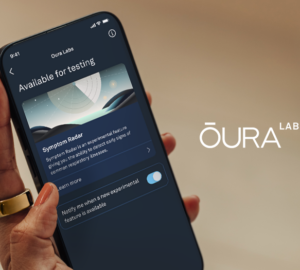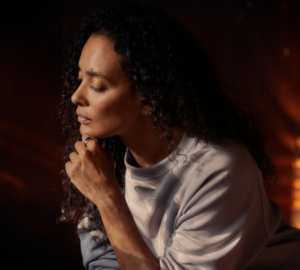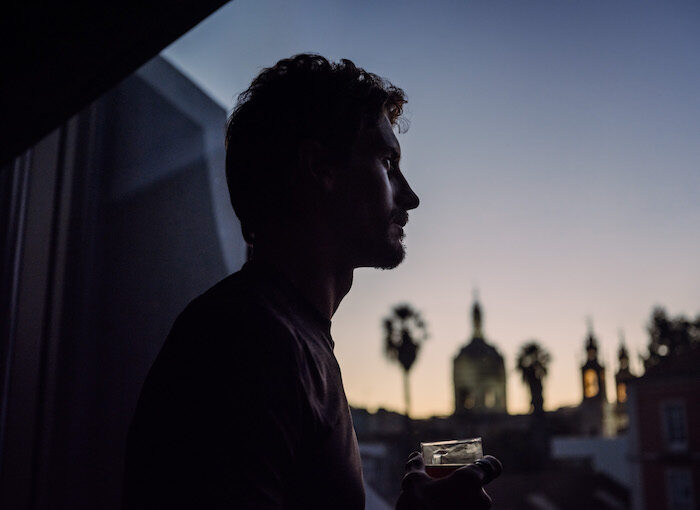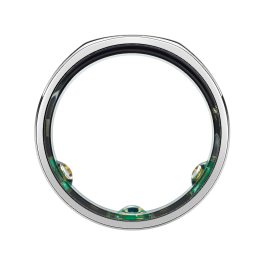As part of a new set of sleep features released in celebration of Sleep Week 2023, hundreds of thousands of Oura members now have access to their Chronotype.
We’ve heard fantastic feedback from the community, especially from members with more extreme chronotypes who finally felt a sense of validation — like Jonna, who learned to embrace her eveningness.
But you also may be wondering: How many others out there are like me? How unique are my personal patterns? So we dug into anonymized Oura data to help you discover the answer to those very questions.
READ MORE: What Is Your Chronotype & Why Does It Matter?
1. Younger Oura members tend to skew towards evening-oriented chronotypes, but they shift gradually to morning types as they age.
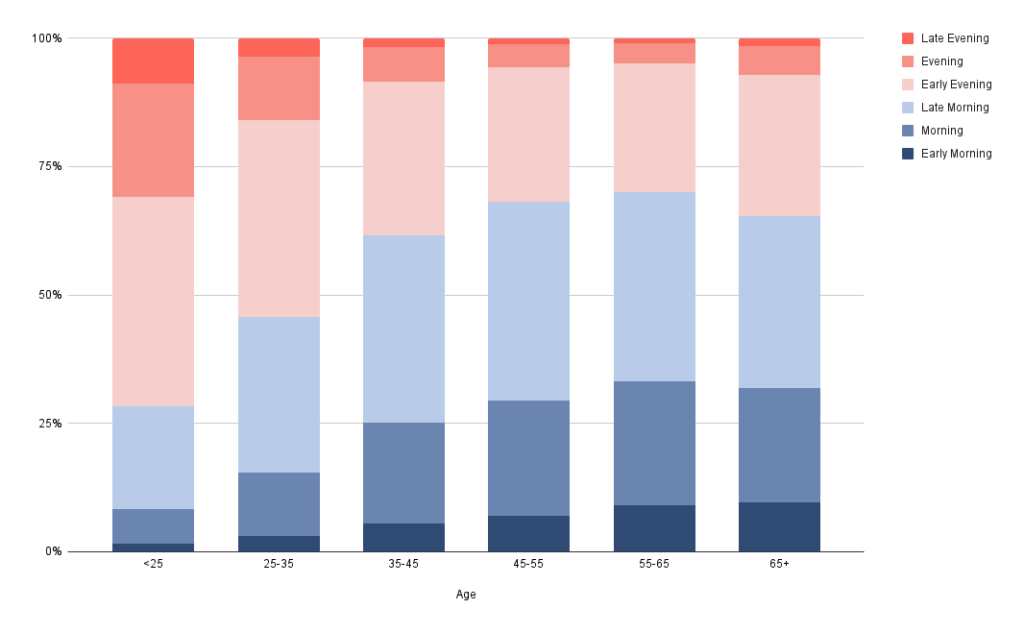
As most parents know, very young kids sleep and wake early, and are therefore morning types. However that completely changes as those kids become high schoolers, and soon college students and young grads. In fact, multiple studies have shown that early school start times are out of tune with the biological clock of the student population. We see this reflected in our Oura member data, where 18-to-25-year olds are evening types.
However, as people age, most revert back to being morning types. By the time Oura members are 55+, almost 70% are morning types.
2. Men tend to skew toward evening-oriented chronotypes, but just by a hair.

Our data shows that 11% of male Oura members have an Evening or Late Evening chronotype, while only 8% of female members do. Though according to research, males have greater variability in their chronotype as they age, relative to females.
3. There’s significant variability based on geographical location, with Australia and New Zealand on one end of the spectrum and Asia on the other.

Down under, Australian and Kiwi members skew heavily towards morning types. 44% of Oura members there have an Early Morning or Morning chronotype, while only 5% of members have an Evening or Late Evening chronotype.
North America is just a little behind: Two-thirds of Oura members have one of the three Morning types, with little variance between the US, Canada, and Mexico.
On the other end of the spectrum is Asia. Nearly 25% of Oura members there have an Evening or Late Evening chronotype, with similarly low variance across members from different Oura countries.
This Evening and Late Evening skew also applies to members in both Middle East/Africa as well as Latin America, though in a less pronounced way.
And finally in Europe, as a whole, the distribution curve looks quite normal. Two notable exceptions? Spain and France, where the propensity for later evenings may be connected to a higher incidence of members having an Evening chronotype!
RELATED: Naps Around the World
